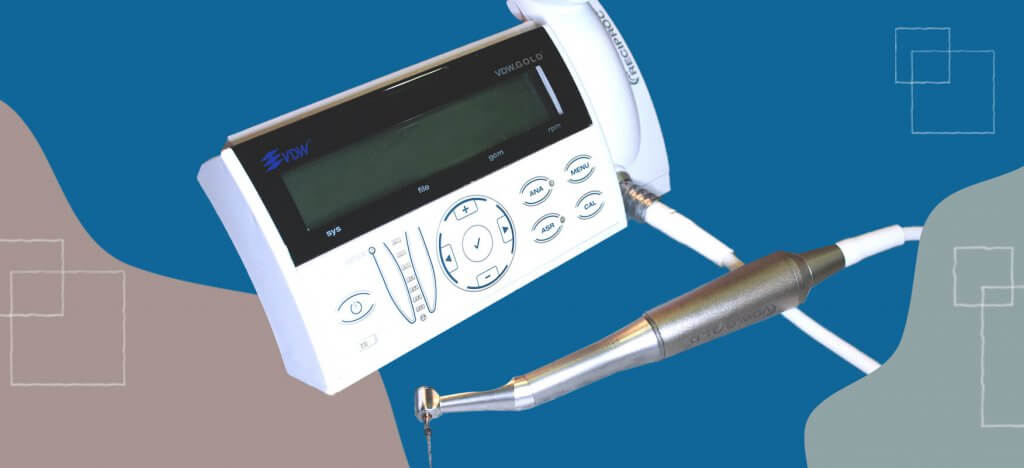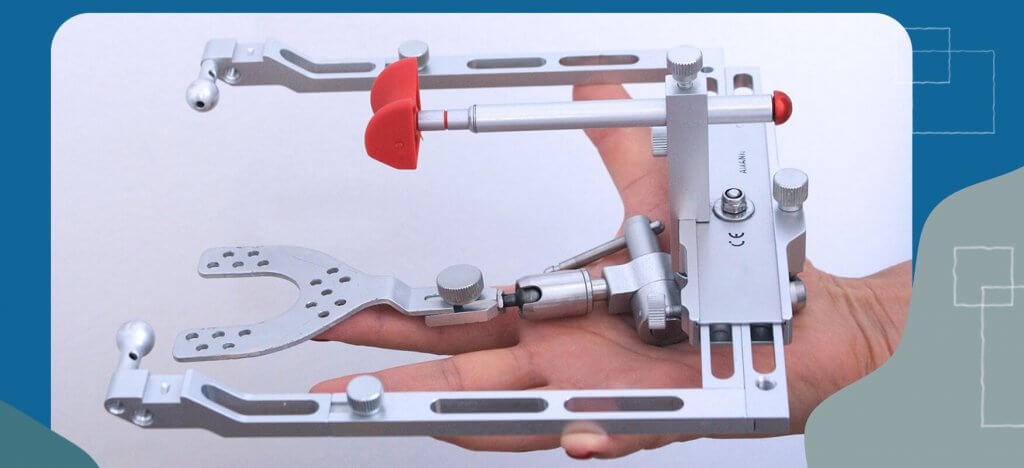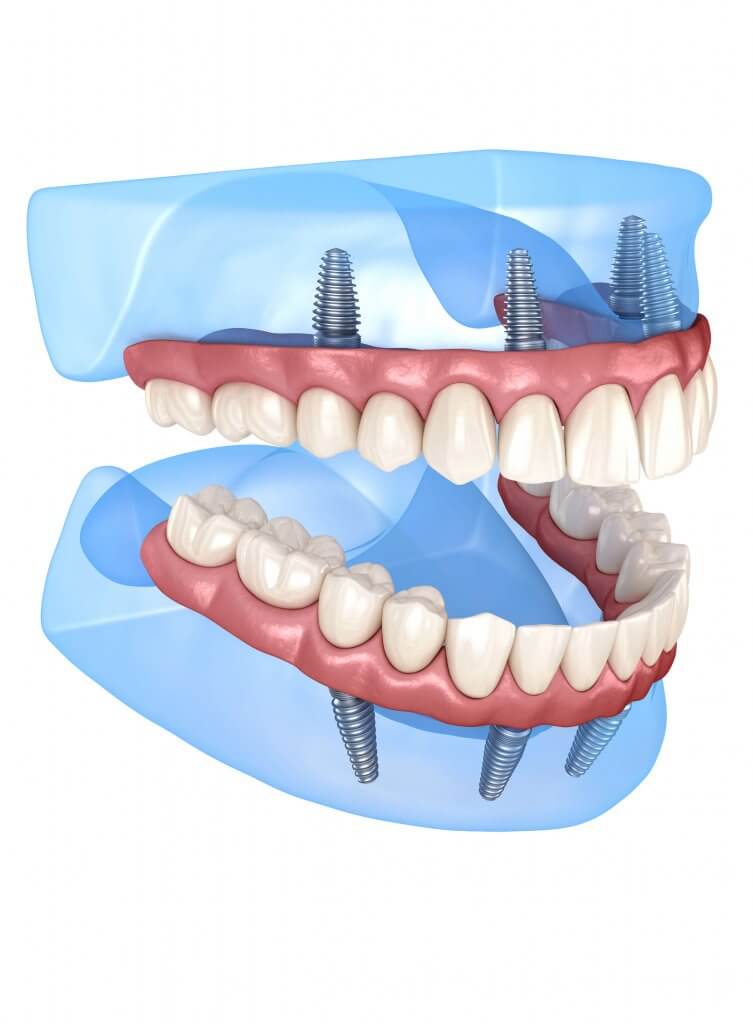A magician never reveals their secrets. We do.
Drill, saliva ejector, needles – the first few things to come into everyone’s mind when dentistry is mentioned. However, thanks to all the technological innovations, these analog equipment are slowly getting replaced by digital solutions.
Having a good dentist is incredibly important. However, the truth is, dentists are only as good as their tools. In the past decades dental technologies and techniques astonishingly improved. This also means that treatments became faster, more comfortable, and long-lasting. We at VitalEurope always keep up with these technologies, in order to improve our equipment and materials. In this article Mr. Adam Beniczky, Operative Manager of VitalEurope, will guide us through all the tools used to achieve a perfect smile.
Root canal treatment with a Magic Wand
One of the most common treatments in conservative dentistry (the area of dentistry that focuses on crowns and bridges) is root canal treatment. This is a convenient solution for saving an otherwise bad tooth from getting extracted. During the treatment the root canal has to be exposed, in order to remove the pulp, and fill up its place. Meanwhile, the dentist also needs to pay attention not to damage the jawbone. For a long time, the successfulness of these treatments could only be checked afterwards, with an X-ray. The arrival of electronic apex locators made treatments much easier and more successful, as they could measure the exact length of the root canal mid-treatment. However, the technology was not perfect, as the dentist had to stop during the treatment, to use this equipment.
Modern dentistry revolutionized the idea when combined the apex locator with a mechanical root canal drill. This piece of equipment can easily carry out an entire root canal treatment by itself. It drills into the canal, removes the nerves, and measures the distance from the jawbone all in one. The most noteworthy improvement however is the fact that patients don’t have to endure long and painful root canal treatments anymore. It is fast and painless, as it should be.

Perfect bite for a perfect smile
Setting the optimal height of the bite is imperative, especially when it comes to extensive tooth replacement. A correct bite means that the teeth on the upper arch completely cover the ones on the lower. If this is not the case, and there is a problem with the height (e.g. overbite), it needs to be corrected. This is called bite correction, and it is a fundamental part of the treatment. The modern process uses occlusion registration .
The dentist places a plate on the upper and on the lower arch. The upper plate has pins on it, which rests on the lower plate. The patient is asked to move their jaw back and forth, left and right. The pins will scratch the movement into the lower plate, and the intersection of the scratches will help the dentist identify the middle line. The pins can be used to adjust the height of the bite.
Since every bite is different, an adjustable tool is needed to register and capture the uniqueness of the anatomy. This is done with a face bow, which looks like a weird pair of headphones. The face bow shows where the upper jawbone is located compared to the vector connecting the joints.

Every face is asymmetrical; therefore this tool is essential in creating unique tooth replacements.
Don’t just use your imagination
A modern dental clinic does everything in its power to ensure their patients will be satisfied with the result of their treatments.

Nowadays, the magic of modern dentistry, digital impression taking takes this process to the next level. A transparent, mock-up denture is used to make sure that the final work will fit perfectly. The mock-up is altered to perfection, scanned, and then recreated from a different material. The end result is guaranteed to fit like a glove.